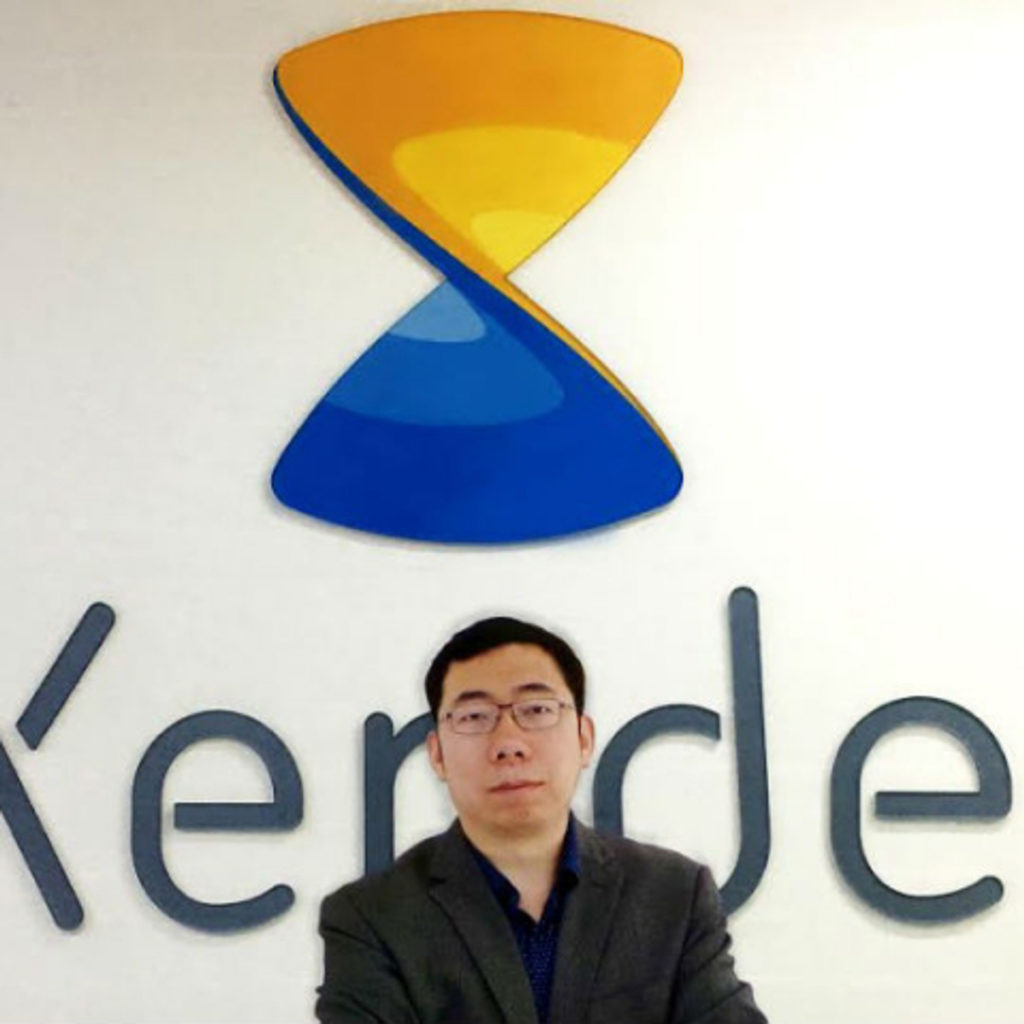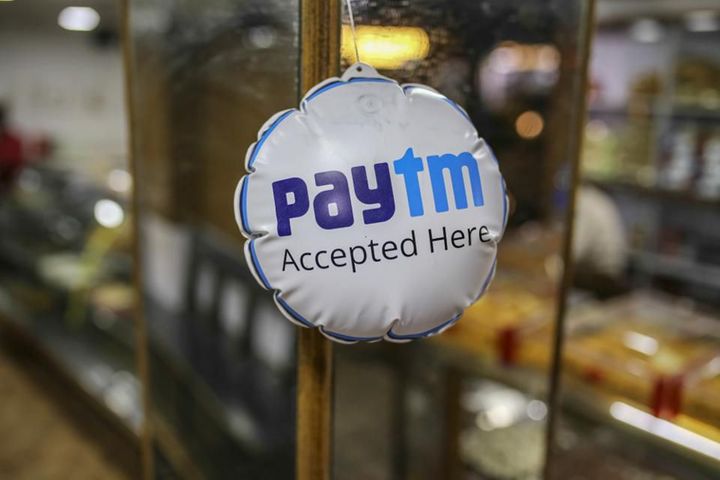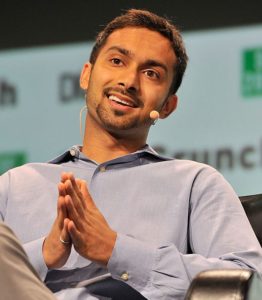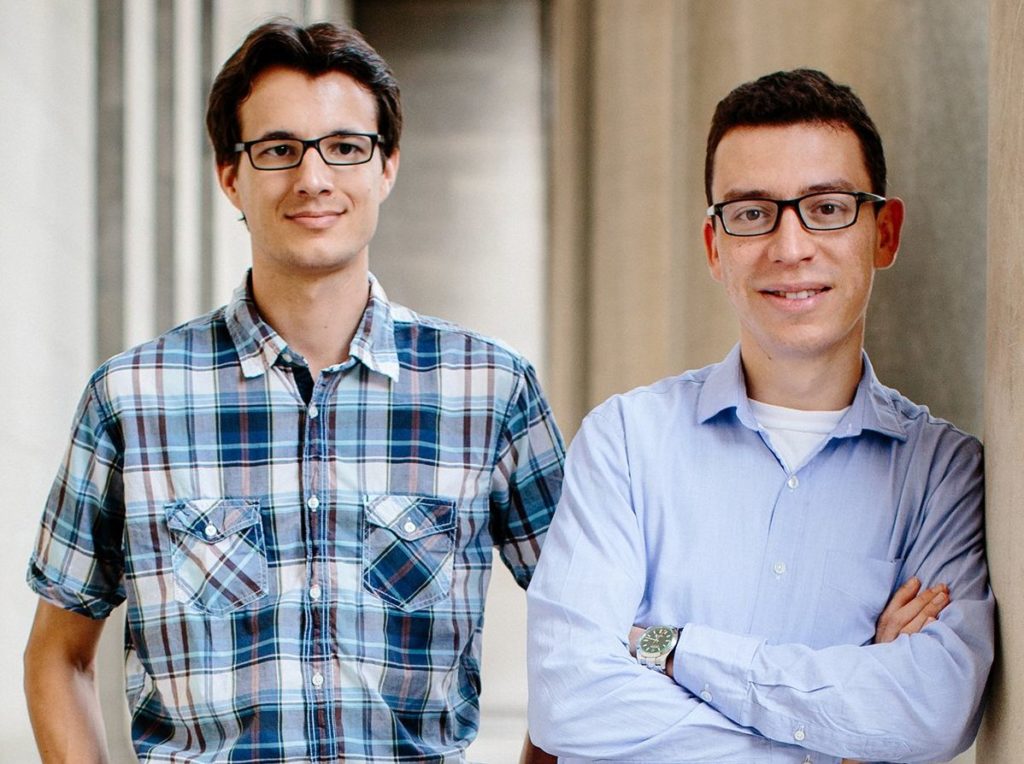Globant – Reinventing Businesses With Their Innovative Ideas.
The time is always running, and there are lots of changes that occur with every passing second. These changes are necessary for life and for the improvement of lifestyle. This is the same motto of Globant, a software company based in Luxembourg. The company always talks about reinvention and walking with the time, accepting all the changes. Globant helps its peers to transform their work conditions using digital and cognitive means. The company is just twenty years old but had made a special place in the IT industry through its innovative ideas and unique products. Since the ideas are based on new technologies, AI and behavior-based science are the prime technologies that it uses to build its software. Globant is not only a good service provider but it is also a great employer supporting a self-mastery work culture for its employees to help them grow their skills while working at Globant.
About Globant
Martín Migoya, Guibert Englebienne, Martín Umaran and Néstor Nocetti are behind the idea of Globant. The company was founded in 2003, establishing its headquarters in Luxembourg City. It is a software development company, and its primary area of service includes Software Development, Infrastructure Management, Mobile application development, Social Networks Development, Mainframe Migration, etc. Apart from Luxembourg, Globant has established offices in Argentina, the U.K, Canada, the U.S., India, Mexico, Colombia, Brazil, Costa Rica, Spain, Chile, Uruguay, Romania, France, etc. The company trades as a public company on New York Stock Exchange with the ticker name GLOB. As per the year 2020 records, the company is home to over 25000 employees and had made annual revenues worth US$814.1 million for the same financial year.

The Founding
Four friends, Martín Migoya, Guibert Englebienne, Martín Umaran and Néstor Nocetti, conceived the idea of Globant, while sitting in a bar. They founded the company in 2003 in Luxembourg, putting up some funds from their personal savings. Just in one year, they opened their first international office in the U.K. in 2024, and in 2005, they opened their second Development GOV Center in Argentina, leading to the opening of multiple development centers in different parts of Argentina in the further years. Later, the company established its multiple offices in different pasts of American, Asian, and European continents. The company was also named the Endeavor Entrepreneur in 2005.
In 2007, Globant acquired the CMMI certificate, and the next year, it closed a financing round worth US$13MM, Riverwood Capital and FTV Capital being the prime investors. The same year, the company had hired over 100o employees globally. By 2010, Globant had opened eight studios, and it had expanded into industries like gaming, big data, cloud computing, creative and social, consumer experience, enterprise communication and mobile engineering, etc.
Globant had started to get recognition for its work from the very beginning, and Global Services Magazine had named it Global Services Magazine in 2005, whereas Gartner recognized it as a Cool Vendor in Business Process Services 2010. Globant was also featured as one of the world’s top 10 most innovative companies in South America by FastCompany. In 2014, the company went public on NYSE.
The further expansion of Globant included some major acquisitions, including Accendra (2008), Openware (2008), Nextive (2011), Clarice Technologies (2015), PointSource (2017), Ratio (2017), Small Footprint (2018), Avanxo (2019), Belatrix Software (2019), BiLive (2020), grupoAssa (2020), Xappia (2020), CloudShift (2021), Habitant (2021), Walmeric (2021), etc.
The CEO at Globant
Martín Migoya is one of the co-founders and the CEO of Globant. Martin went to La Plata University to pursue a bachelor’s degree in Electronic Engineering and completed his master’s degree in Business Administration from CEMA University.
Migoya is recognized as a global leader and one of the most successful entrepreneurs. Under his leadership, Globant has seen extended growth. Martin has won multiple awards for his work in the software industry, including Endeavor Entrepreneur in 2005, one of the most distinguished Argentine businessmen of 2009, America Economía Magazine’s Excellence Award 2009, Konex Award as one of the most innovative entrepreneurs of 2008, and Emerging CEO of the Year 2013, etc. In 2005, he became the CEO of Globant.

Yashica is a Software Engineer turned Content Writer, who loves to write on social causes and expertise in writing technical stuff. She loves to watch movies and explore new places. She believes that you need to live once before you die. So experimenting with her life and career choices, she is trying to live her life to the fullest.









